Someday back at 2016 I decided to give a try to engrave my logo onto a tool that I had made.
A method that will not needed a special machine; it was the only suitable solution for me.
So I decided to try to engraving my logo by electrolysis method (Perhaps the correct terminology is Etching but I am not sure).
I had some experience from the gold-plating at stainless steel utensils and thinking, that if I reverse the polarity at electrolysis process, then the material particles could start to move to the electrode.
I am not a chemical engineer and my thought may be wrong, but at reality it worked for me.
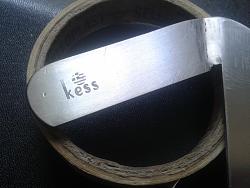
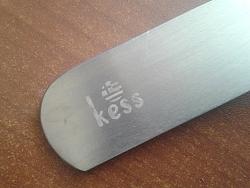
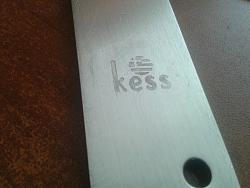
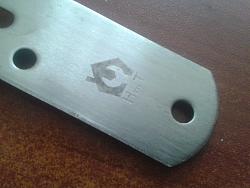
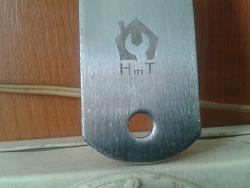
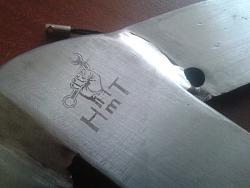
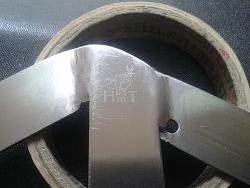
I have test it and it work at stainless steel, steel, aluminum, & brass, but not at the copper.
Physical Dimensions length / height: kess with flag 12x8mm, HTM with wrench 12x15mm, HTM home 10x12mm
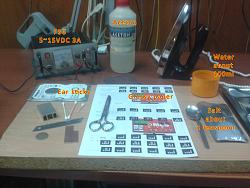
I have use a power supply 5~15VDC 3A.
At normal room temperature need 10~12Vdc.
For electrolyte I used saline solution (100ml water and 1 teaspoon salt).
For electrode at first I used an ear stick but not satisfied me.
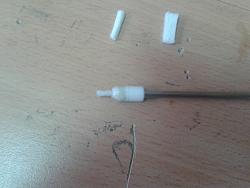
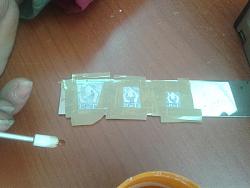
So I started to try different ways.
The better one was a stainless steel rod a piece of cigarette filter a spring from pencil and plastic or PVC tape, but not the best.
The best choice believes that is to replacing the filter with a piece of felt (cotton and filter polymerized too quickly).
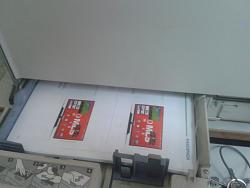
Also a laser printer and glossy paper is needed
(some glossy pages from a magazine can do the job as well)
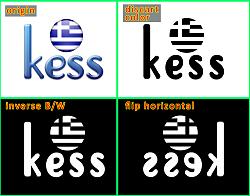

step1 Preparing logo
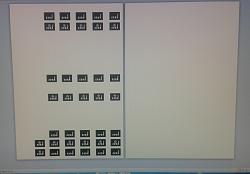
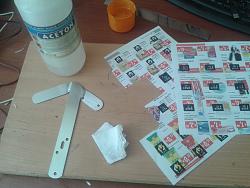
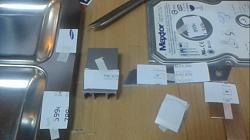
step2 Use your document editor to make a page with logos. Print the page and cut some pieces. Use small pieces of paper tape to keep the logos at place. Cover with cotton cloth and proceed to ironing.
step3 After ironing put the pieces in lukewarm water until the paper is soaked. Rub with your finger until you remove all the paper.
step4 Cover with plastic or PVC tape the places around of the engraving space to protect the tool.
step5 Proceed to engraving
Dip the electrode into the electrolyte solution and then transfer it onto the surface you want to engrave. With small continuous movements, we move the drop of the electrolyte across the surface.
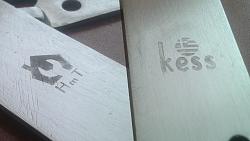


 LinkBack URL
LinkBack URL About LinkBacks
About LinkBacks
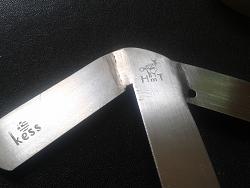
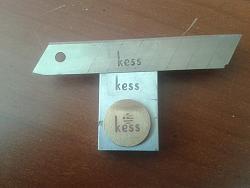
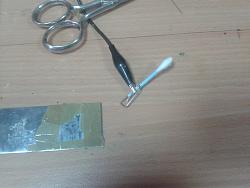
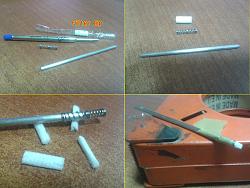
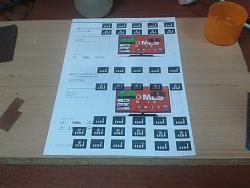

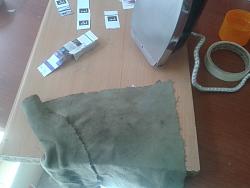
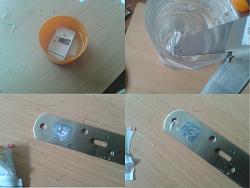
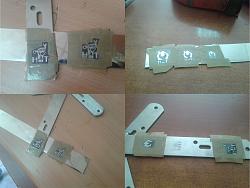
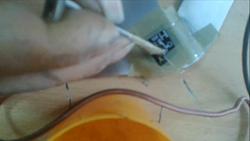


 Reply With Quote
Reply With Quote




Bookmarks